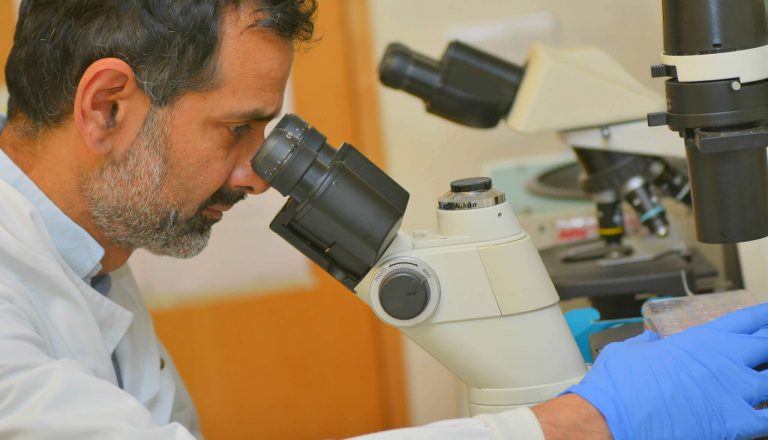Little is known about why children develop cancer and researchers continue to look for potential causes, one such being the corona ion hypothesis which is relevant to children with a birth address close to high voltage overhead powerlines. Around 3,600 children and young people are diagnosed with cancer every year in the UK. Leukaemia is the most common form of cancer in children accounting for a third of all cases in those under the age of fifteen. High voltage overhead powerlines can ionise the air, emitting streams of so-called “corona ions” into the atmosphere. These attach to particles of air pollution, increasing the level of electric charge on the particles which if inhaled have a higher chance of being deposited in the lung and then entering the bloodstream. There is a debate as to whether this process is sufficient in magnitude to explain a previously observed increased risk of childhood leukaemia up to several hundred metres from powerlines. Researchers at the Childhood Cancer Research Group in Oxford worked with National Grid to interrogate data from a total of over 7,000 children in England and Wales who were born and diagnosed with leukaemia between 1968 and 2008, with a birth address of within 600 meters of a high voltage overhead powerline. Using the corona ion hypothesis as a base, the researchers built a model to test whether factors such as the strength of the powerline, distance from the powerline as well as wind speed and direction influence the potential risk of developing childhood leukaemia when living near powerlines at the time of birth. The researchers found that wind speed and direction as well the strength of the powerlines and distance from them does not affect the relative risk of developing childhood leukaemia. A previous paper, published by the group, showed increased rates of childhood leukaemia in children living within 600 meters of a high voltage overhead power line in the decades up to the 1980s but does not uncover any reason or mechanism that would explain why the risk declines after the 1980s. Professor Denis Henshaw, Emeritus Professor of Human Radiation Effects at the University of Bristol and Scientific Advisor to Children with Cancer UK, said: “The past is not necessarily a good predictor of the future and whilst the report contributes to a growing number of studies examining potential causes of childhood leukaemia it clearly highlights the great need for further research in this area. When we can discover more about the origins of childhood cancer then scientists and doctors will be in a better position not only to treat the disease, but to prevent it.” Children with Cancer UK is the leading national children’s charity dedicated to the fight against all childhood cancers. Children with Cancer UK funds life-saving research into the causes, prevention and treatment of childhood cancer and works to protect young lives through essential welfare and campaigning programmes.
Notes to editors 1) For quotes or interviews and further information about the charity, please contact:
Mark Hooley, Communications Manager
Email: mark.hooley@childrenwithcancer.org.uk Tel: 020 7404 0808 2) Where possible, please include the contact details for more information:
www.childrenwithcancer.org.uk or
020 7404 0808. 3) The
Journal of Radiological Protection is the official journal of the Society for Radiological Protection.

